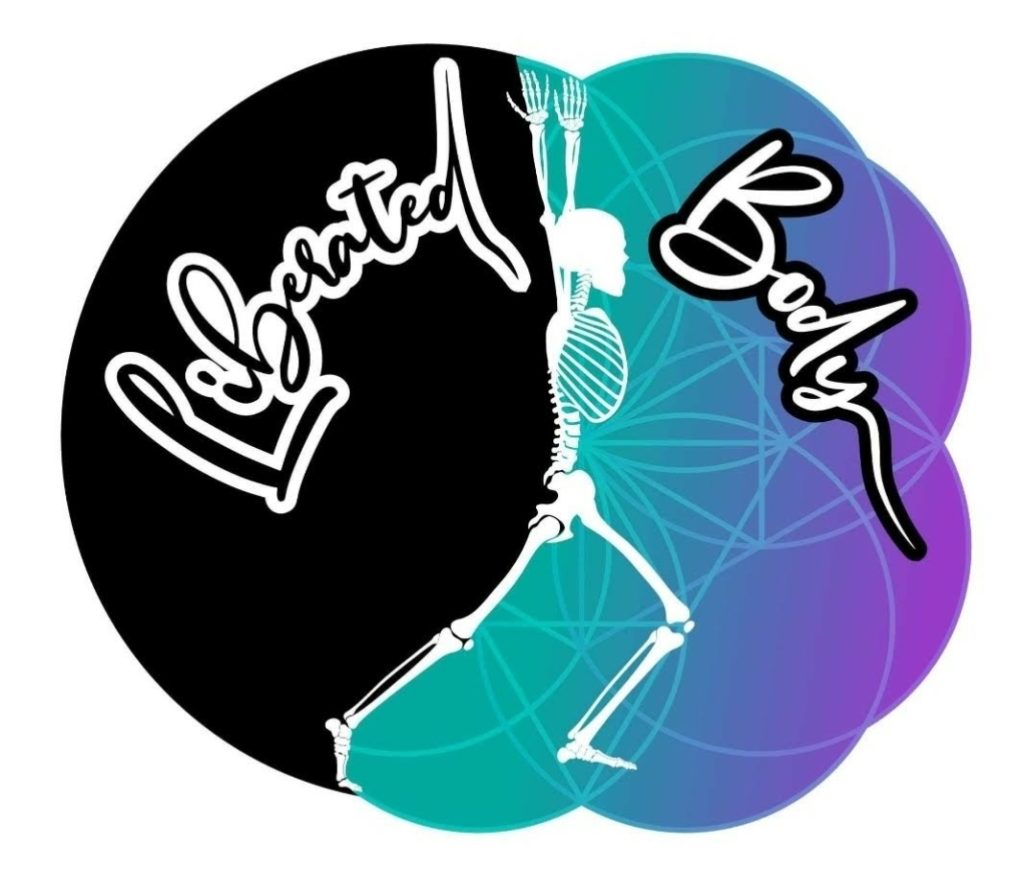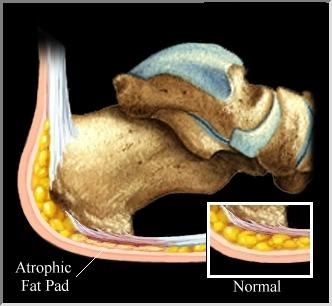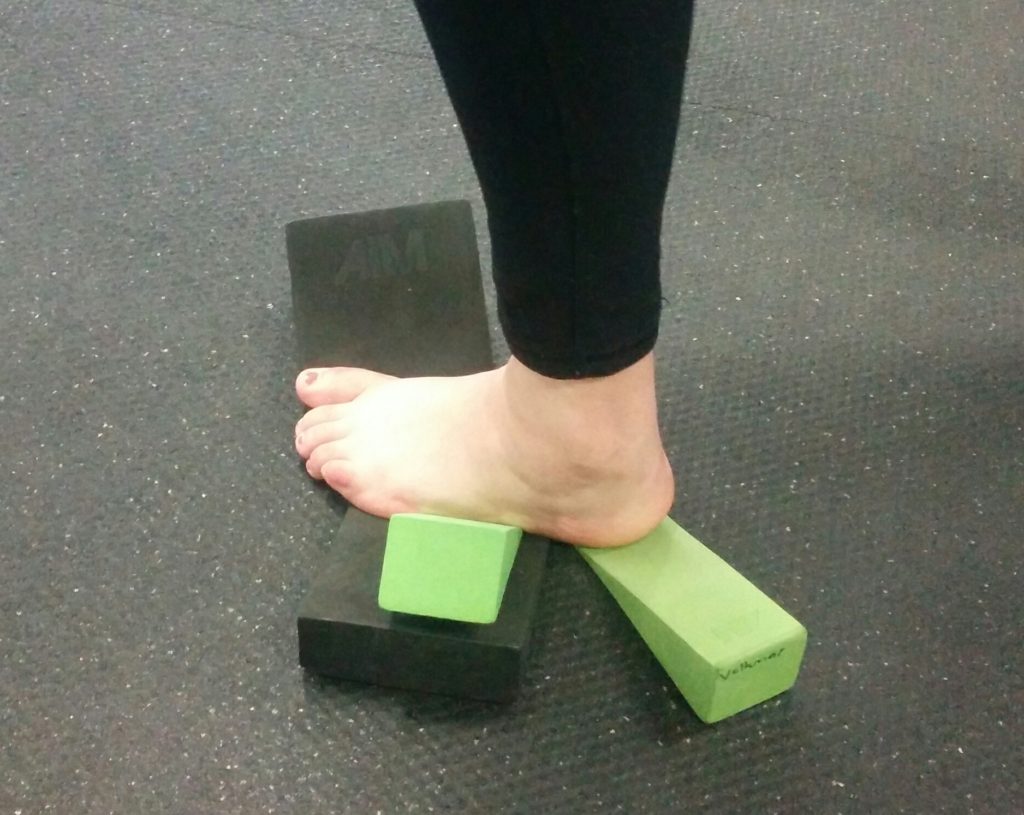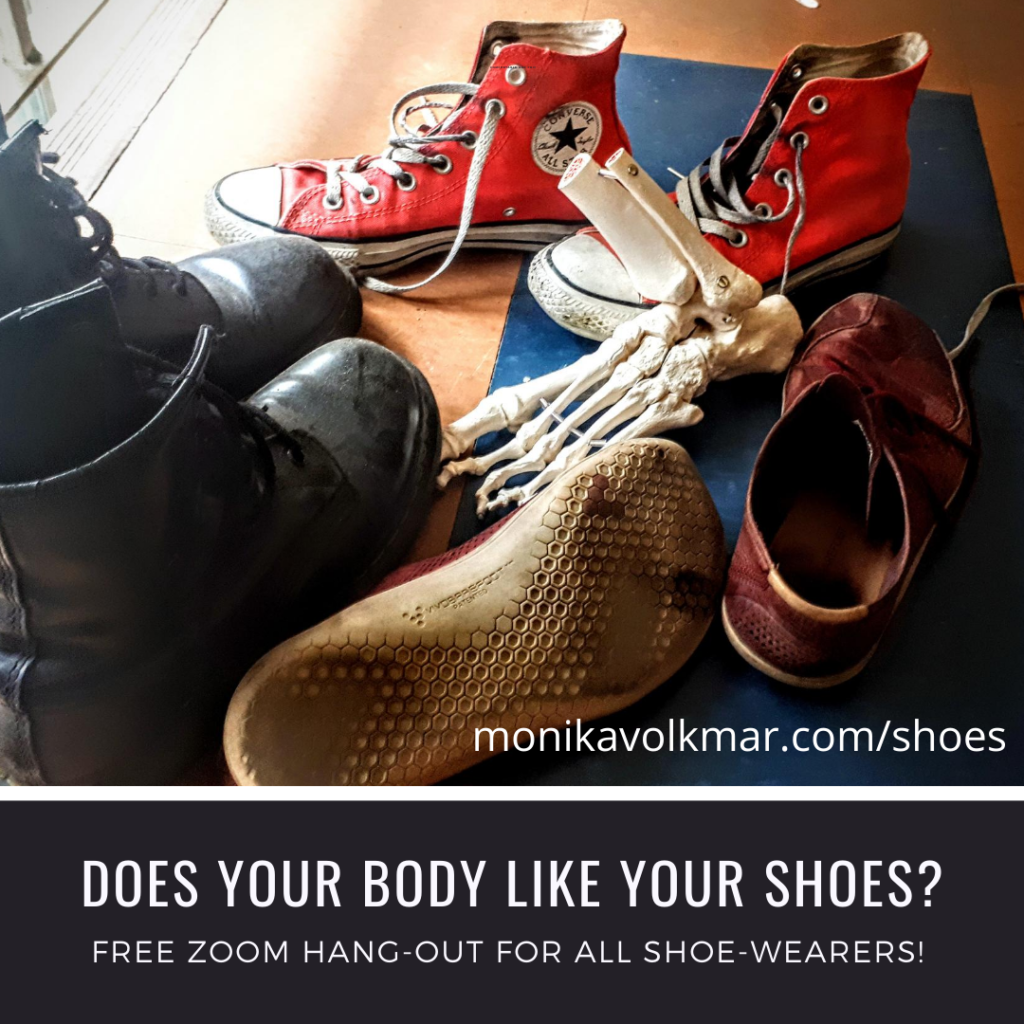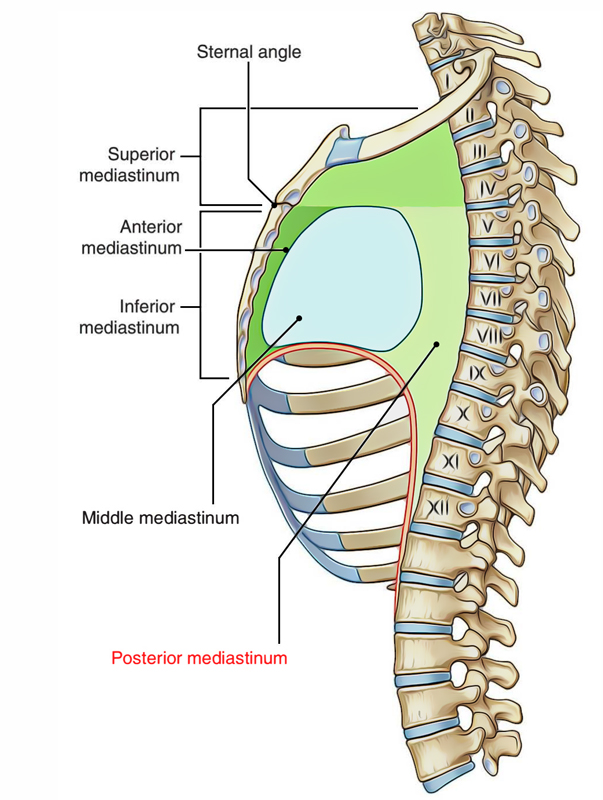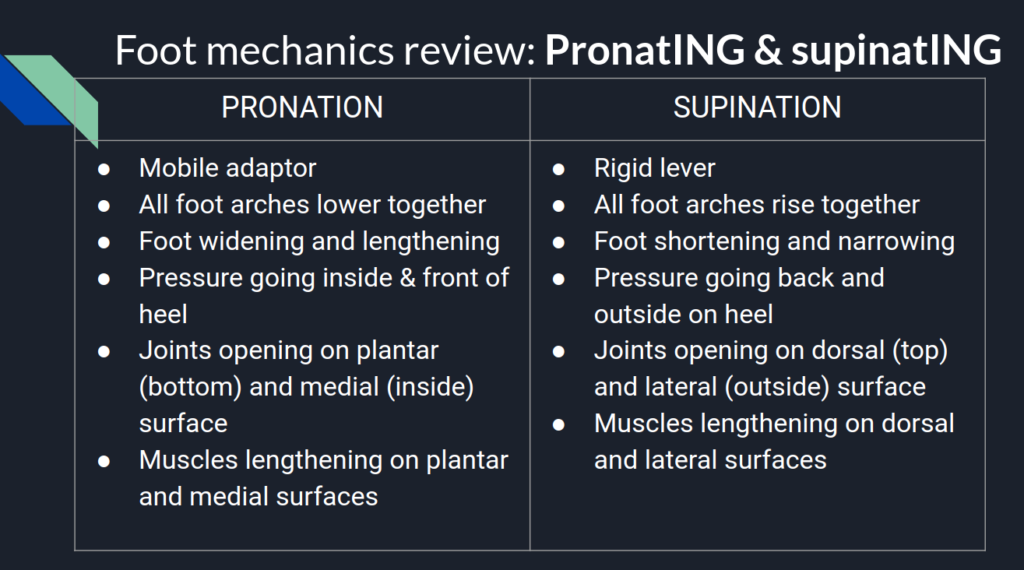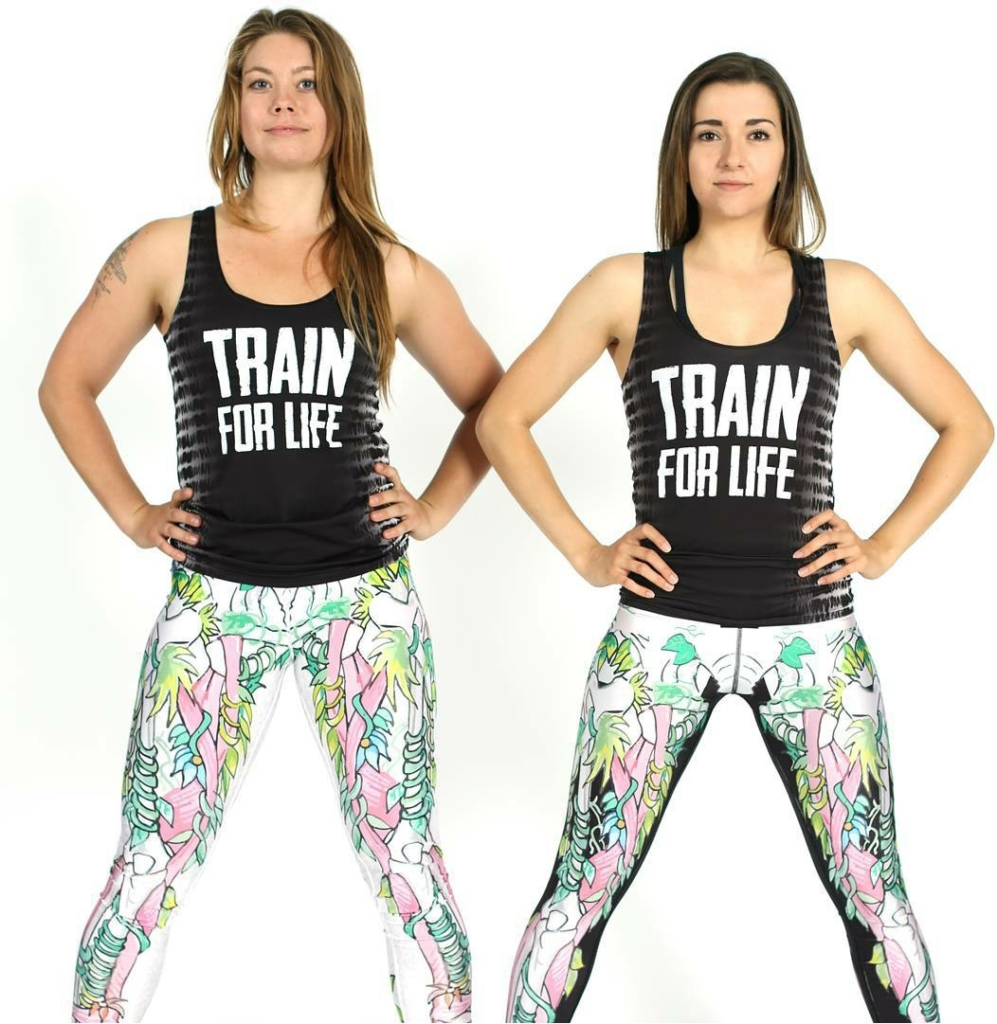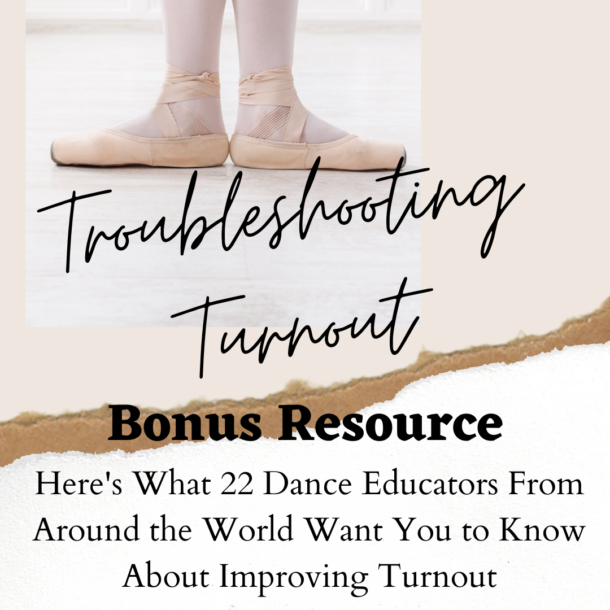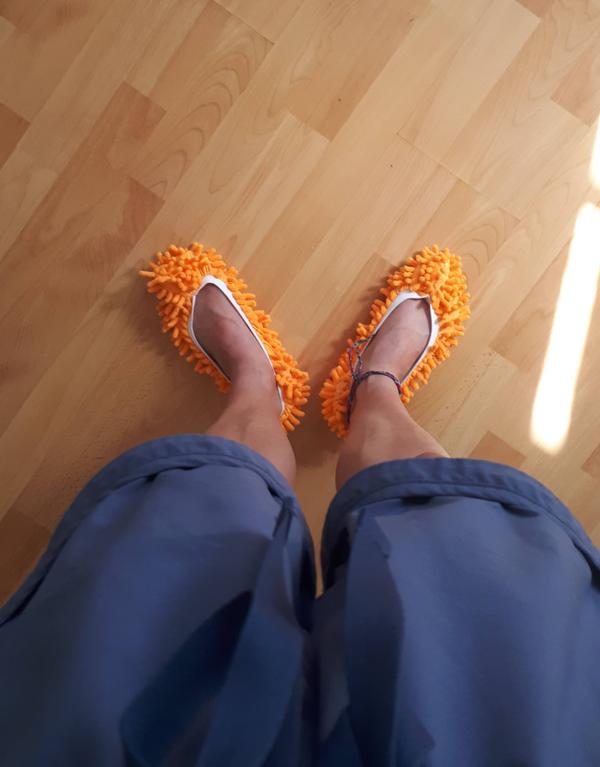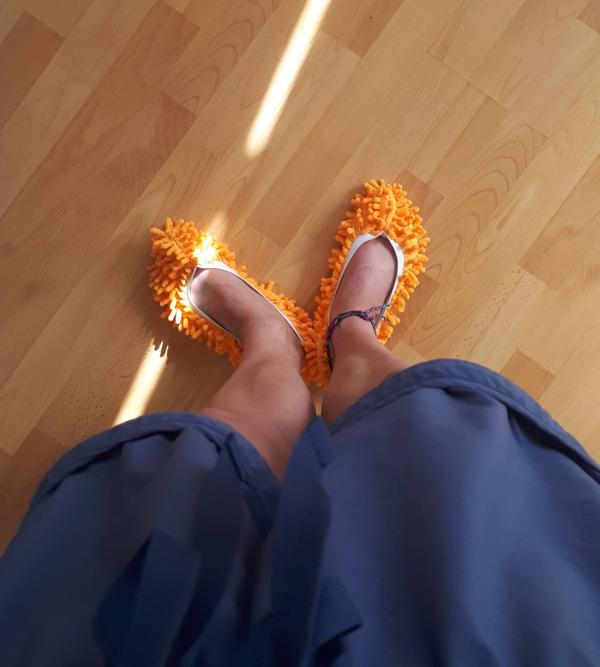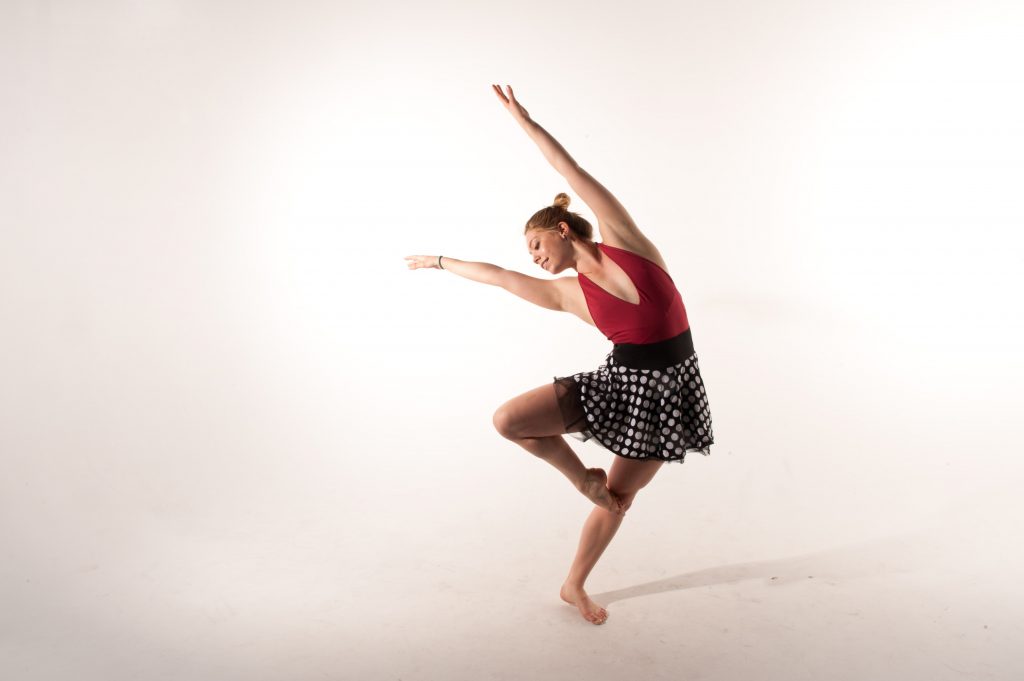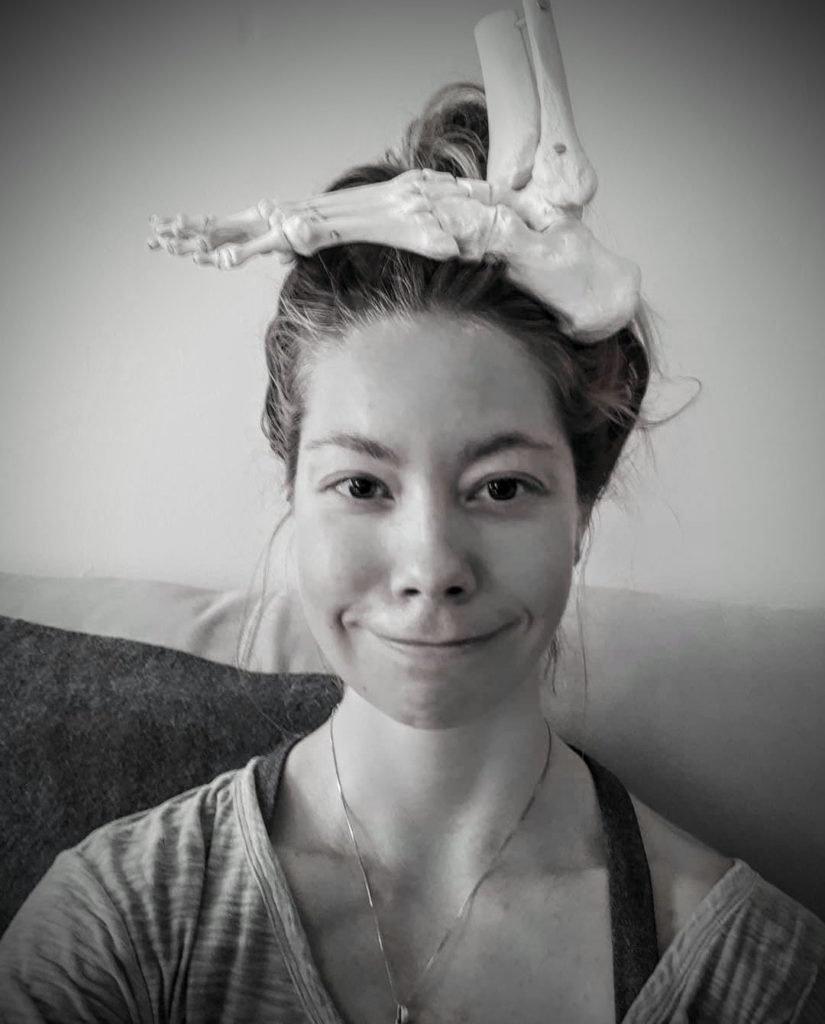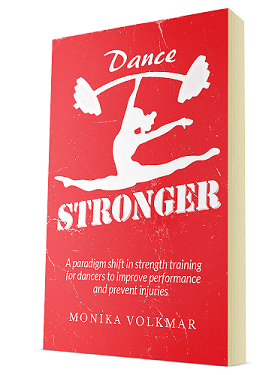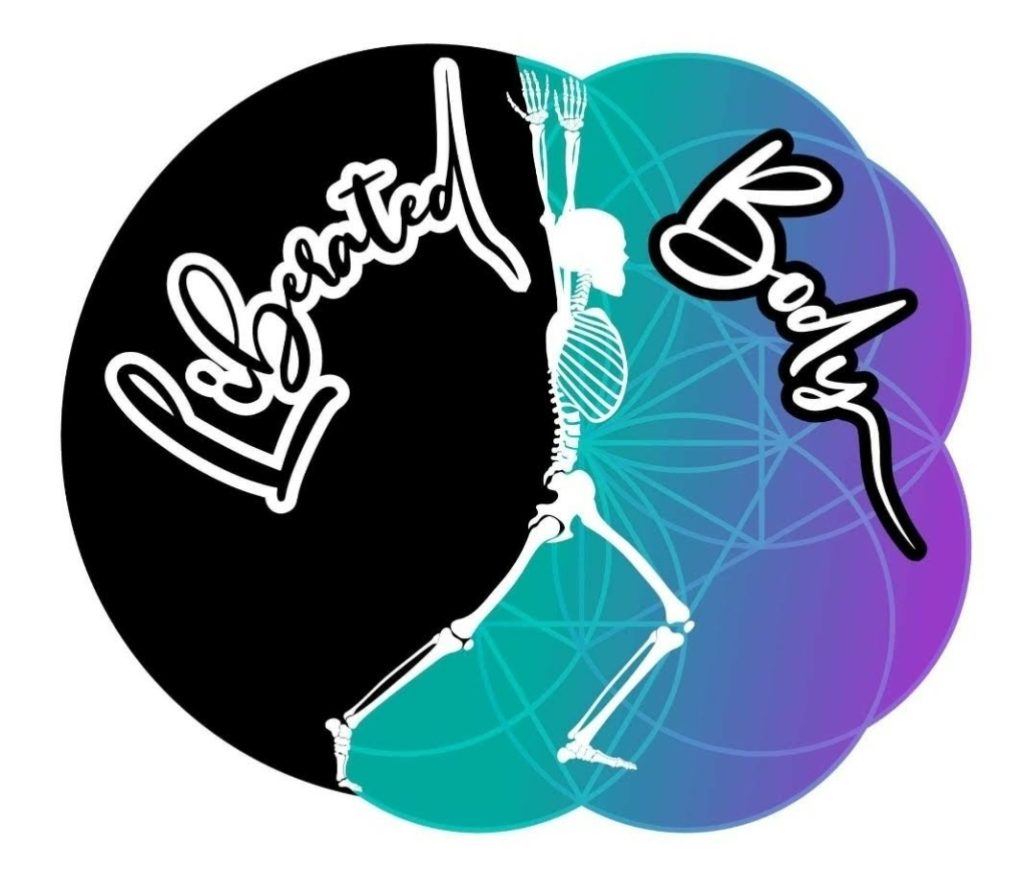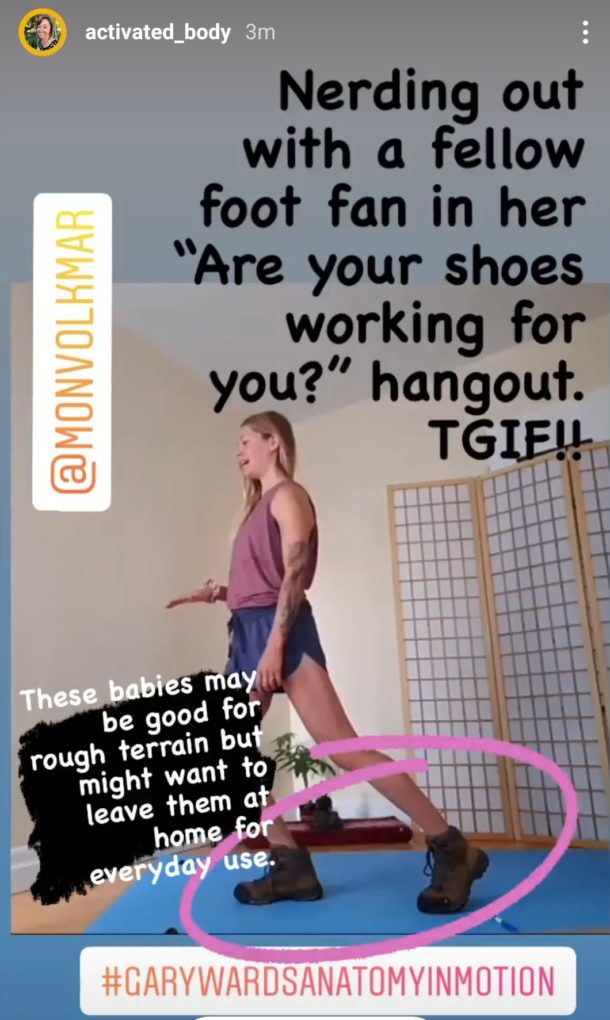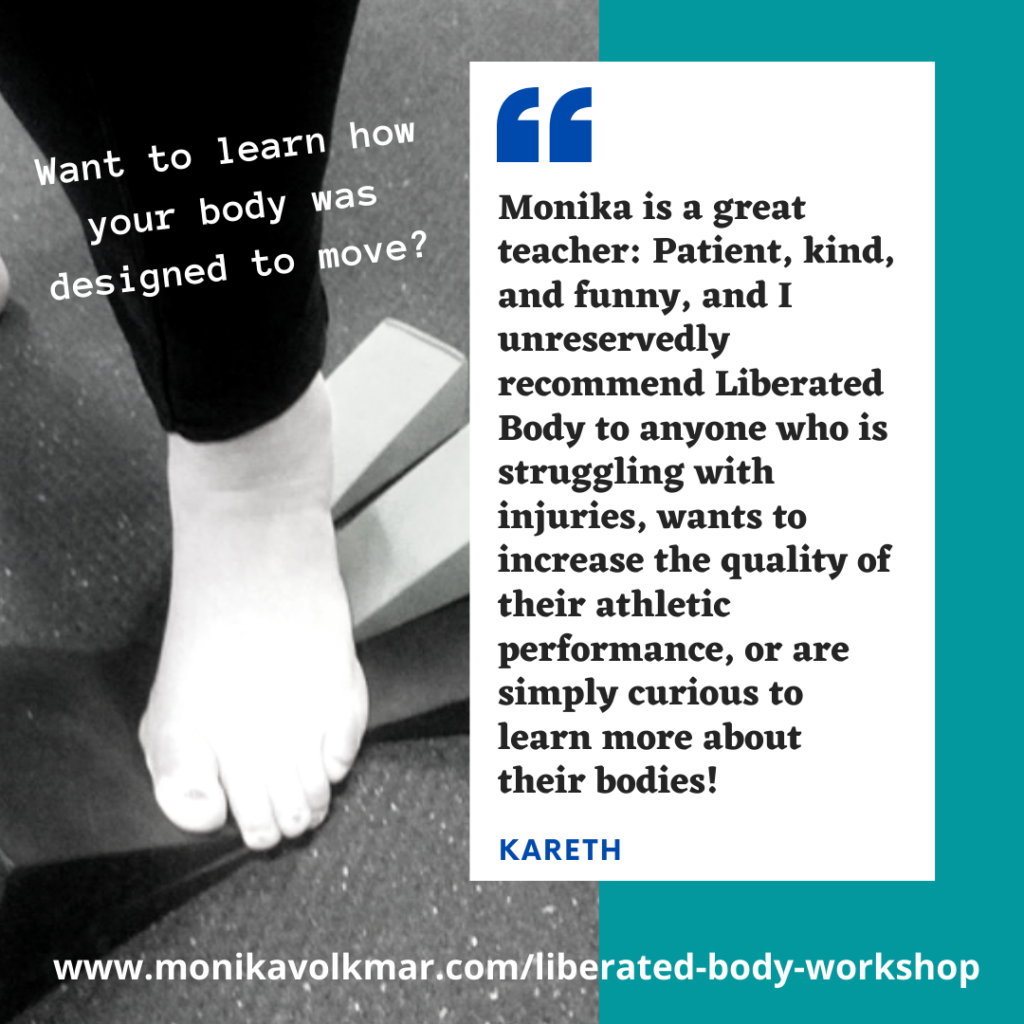This week I’d like to share a fundamental concept if you are trying to improve the way your body moves and feels.
Move. Honestly.
What does it mean to “move honestly”, and why is it important to understand and apply to your movement practice?
Grab a cup of coffee and hang out with me for 13 mins asI tell the story of a client and his scapulae to illustrate the concept of honest movement:
The above was originally a Facebook Live (you can see the unedited original here).
On the go? Listen to the audio-only version while you’re washing the dishes, saving the world’s bee population, waiting for your dog to take a poop, or whatever you do while listening to podcasts/radio/audiobooks.
What is moving honestly?
First, don’t feel bad… Not moving honestly doesn’t make you a bad person. It’s not a moral judgement. Simply a lack of awareness. And it’s OK, we’ve all got blind spots.
But, to quote Mark Manson’s PSA to millenials from his book, The Subtle Art of Not Giving a Fuck: “It’s not your fault, but it is your responsibility”.

Now that you know moving honestly is a thing, it’s your responsibility to be aware of it. Sorry (not sorry), to burst your bubble.
Professor Google defines honest as: “Free of deceit and untruthfulness; sincere.” (Although I’d argue that honesty has a quality inherent to it that can’t be defined by the lack of something. Similarly to how “health” is more than simply the lack of illness… )
How can movement be insincere or deceitful? (again, I’m not implying you’re trying to deceive to people with movement… Unless you’re actually telling lies via sign language, or playing an evil character in physical theatre)
- When you can convince yourself that the current way of moving is all there is, the best way there is, and there’s nothing else to learn. Especially true when we’ve worked very hard to learn a skill, like ballet. Don’t ever tell a ballet dancer that they’re allowed to turn their legs in 😉 Just kidding…
- When your body has adopted a compensatory way of moving that you don’t even realize you’re doing– You think you’re moving the thing you’re trying to move, but you’re not…
- When you willingly compromise quality and accuracy of a movement to achieve an aesthetic, a fitness result, or an athletic goal, without considering the long-term implications. A client of mine who is a dance teacher really related to this. She reported that her students have no qualms sacrificing the alignment of their hips to make it look and feel like they are more flexible than they reallly are.
My definition of moving honestly: Moving in such a way that what your perception of what your body is doing is in alignment with what you’re actually doing, why you’re doing it, and you’re not denying that your current way of moving isn’t all that there is.
So it’s not moving “perfectly”. It’s about moving with awareness, as much self-objectivity as possible, and being open to what more could be available.
Perception vs. Reality
A good word to use is “actually”.
Profession Google defines actually as: “The truth or facts of a situation; really.”
Are you actually moving your spine or are you just shifting your weight around on your feet?
Are you actually rotating your shoulders externally or are you twisting out your forearms and wrists instead?
In the case of my client’s story, are you actually retracting your scapula or are you finding three other ways to do it that don’t remotely involve moving your scapula?
A little farther down in this post I’ll invite you to try the move-your-scaps-honestly challenge (as I described in the video… did you watch it to the end??). You might like to take a video of yourself, and check your perception vs. reality. What is your actual movement strategy?
How did we begin to move DIShonestly?
Why do we lie about anything? Because for some reason it served us.
We found a way to get what we wanted while conserving more energy: Taking short-cuts without understanding the repercussions.
Sometimes these are conscious choices. Sometimes a result of injury. Sometimes necessary for athletic performance.
As an example from my own life, the three most dishonest ways of moving I lived out:
- Lots of passive stretching when my structure couldn’t actually tolerate it: Being insincere to my golgi tendon organs. Sitting in the splits for 30 minutes straight is not very smart.

2. Lots of heavy deadlifts when I couldn’t actually flex my hips without lumbar extension: Failing to see my true biomechanical needs and abilities. I got pretty strong, but at a cost. Working with a coach earlier would have helped.
3. Lots of high intensity exercise when what I actually needed was to rest and recover from injuries, but I was scared by the dance-world’s focus on being thin: Not being true to me, and using exercise to control my appearance, based on how I thought the dance-world wanted me to look.
Do any of these resonate with you?
Moving dishonestly can range from a simple lack of awareness easily remediated with a technical cue, to a more severe, systemic issue in which our entire movement practice is out of congruence with our values, needs, and goals.
Biomechanical honesty
Biomechanical honesty refers to being able to move every bone and joint as per its original intructions, with awareness.
Movement based on the actual joint architecture. According to our anatomical set-up. The shape of the bones themselves dictate how they are able to move.
Dishonesty happens every time we lose an option to move as per our original instructions, and replace it with something else less precise, less pure, less “true”, without us knowing.
Or every time we put our faith in someone elses’ movement system that is not congruent with the actual movement possible based on the articulating surfaces of our bones, and the lines of pull of our muscles, because their biomechanical understanding is hazy.
For example, THIS representation of the gluteal muscles:

So be careful who you learn from (even me…).
Speaking of glutes, I once believed that squeezing my glutes as I walked was a good way to “activate” them, because I heard someone say that, and started doing it. Not really how the body works, but my naive self didn’t know better at the time…
So what causes us to lose an option for honest movement?
- Injuries not completely healed that we learn to adapt around
- Trained movement skills (sports, yoga, etc)
- Being told to stand and walk a particular way (don’t walk pigeon-toed, stand up straight)
- Long periods of being mostly sedentary
- Repetitive habits (like always sitting with one leg crossed)
- Early childhood sensory-motor deprivation
- Weird birth experiences
All of the above experiences can distort our perception of how we’re moving because they all will result in the distortion of our movement mechanics from its original instructions.
Not “bad”. Just not how we came in our original packaging.

Judgement and attachment in motion
Sometimes we get overly attached to particular ways of moving and deliberately avoid movements we were taught are “bad”.
As a ballet dancer, I believed for years that hip internal rotation was bad, and refused to consider otherwise. External rotation was a badge of honour, even if it was hurting me.
You might also have been told that slouching is bad, letting your pelvis hike in the frontal plane (sassy hips) is bad, or pronating your feet is the devil.
In fact, I had a client once tell me that as a yong woman, she was shamed for appearing “too sexual” by authorities in her Christian community for letting her pelvis hike while she waked. So she deliberately stopped doing it. Now, years later, our work together involves helping her re-experience this movement with the understanding that its actually crucial for shock absorption mechanics in gait. Oops…
Moving honestly, for her, means embracing, de-vilifying, and remembering her original instructions for pelvis movement.
The confabulating body
Confabulation is when we’re lying but we think we’re telling the truth. We don’t even know we’re being dishonest because we lack sufficient information to know any better!
Our bodies are excellent confabulators. And thank goodness they are!
Like my client who stopped hiking her pelvis, her clever body figured out multiple strategies to make up for it because our bodies are always 100% functional to keep us moving.
Threfore, the better you are at confabulating, it is a sign of just how functional your body is.
But there comes a tipping point at which the number of confabulations becomes too high and your body can’t keep up with the demand.
Like if you’ve ever tried to lie to 10 different people at once, each with a different story, and you lose track of your stories and eventually get caught and things blow up in your face…
So what happens when your body exceeds its capacity to confabulate? What if you run out of available body parts to subsitute with?
This is the law of compensation and adaptation: As long as compensation is possible, progression of the problem is imperceptable. It is when all the adaptive processes have been exhausted that the symptom suddenly appears. (from osteopath Jean-Pierre Barral’s Visceral Manipulation textbook)
The solution is to strip things back to their original instructions, so that body parts are both independednt and interdependent, not co-dependent, caught in eachothers’ web of lies.
This is challenging when multiple body parts are engaged in what Anatomy in Motion instructor Chris Sritharan calls a “negotiation”. How does one resolve a negotiation? Lots of honest, open, conversations…
Which isn’t fun and sexy… But rewarding, if you do the work.
The move-your-scaps-honestly challenge
Would you like to give this “honest movement” thing a try, and give your body a chance to have an honest conversation between its various parts?
In the video at the beginning of this post, I invited you to try the exercise I gave my client: To find pure, honest scapular retraction without using any confabulatory strategies.
Are you up for the move-your-scaps-honestly challenge?
Here’s a version of the exercise I gave my client to explore scapular retraction and protraction. Try it out and see if you can do it honestly 😉
As you go through the exercise, try to be aware of whether or not you are using any of the following strategies:
- Elevation of your scapulae
- Depression of your scapulae excessively
- Rotating or bending your whole body to one side
- Extending your lumbar spine excessively
- Pulling your arms behind you
- Probably other stuff!
Using a mirror or filming yourself might help to catch your blind spots.
Remember, it’s not about BIG movement. It’s about moving differently, accurately, purely.
This might mean moving througha smaller range of motion, but more purely and precisely, with the actual body part you intend to move.
Or maybe finding an entirely new pathway for movement that you didn’t know existed.
4 guidelines for moving honestly
As you do the honest scapular motion challenge, these four guiding principles for honest movement might help. They are very similar to Anat Baniel’s 9 guidelines from her book Move Into Life.
4 Guidelines for Honest Movement Exploration
- Move slowly. When you move quickly, all you can do is move the way you already know how. Slow. Down. Think milimeters per second, not miles per hour.
- Move with moment to moment awareness. Pay attention to the bones and joints your’re trying to move. Can you visualize and feel them moving? What muscular sensations do you notice? How are you distributing your weight in your feet? Are you doing werid things with your neck? Are you clenching your jaw? What new sensation of your body in motion can you tune into today? What new detail about your body’s preferred movement strategies can you disccover?
- Use external boundaries for feedback. Like I did for my client with my hands, it can be helpful to set up your environment with bumpers and boundaries for external feedback so that you can move honestly without hurting your brain. Chairs, walls, bands, etc. There are a ton of creative ways to create an environment condusive to honest movement, when you know it likes to confabulate 😉 This is also where a movement coach or guide can be of great assistance.
- Move small and subtle. Much like moving quickly, when you move big, all you can hope to do is what you already CAN do, just bigger. Lasting freedom is unlocked milimeter by milimeter.
These four guidelines will help you reduce your tendency to use cheaty strategies, and confabulate, and help you to move more honestly.
Conclusions?
The more honestly you can move, the less strain there will be on your system, with each body part being able to do what it was originally designed to do, in isolation, and integrated with the whole bdoy.
Just like the chronic liar who gets caught in the stress of having to keep up with all the stories and webs of lies… Life is easier when we’re being honest. With ourselves, our bodies, and how we move.
Start by trying the move-your-scaps-honestly cahllenge a try, and let me know what you find.
Get help from a coach or movement professional when necessary.
And remember, it’s not a moral judgement, just a call for higher awareness, and to investigate if there could be a more useful way of moving.
Want more help moving honestly?
I’ve pretty much dedicated my life to practicing honest movement (a brutal, life-long process for me it appears…) So I created a workshop with that in mind 🙂
My workshop Liberated Body guides you through an exploration of your body’s movement mechanics based on what it ought to be able to do through the gait cycle (if you still had your original packaging).
The next 4 week workshop is coming up on November 23. You can learn more about it and register HERE.
Liberated Body is a little different than other movement workshops. The goal isn’t even to move “better”, but let your body decide for itself what “better” means, based on honest investigation into your current options for movement. What more is possible? Only one way to find out…
Two of my students, Garrett and Maggie, sent me deligftul videos describing the process they went through doing Liberated Body. And while they didn’t use the words “honest movement”, I think that’s exactly what they’re describing.
Check out their sucess stories, they really made me smile and blush:
That’s all for now folks. May you move inquisitively, honestly, and with ease 😉


